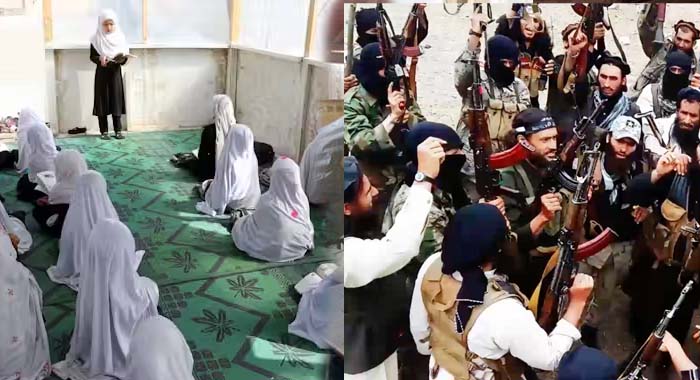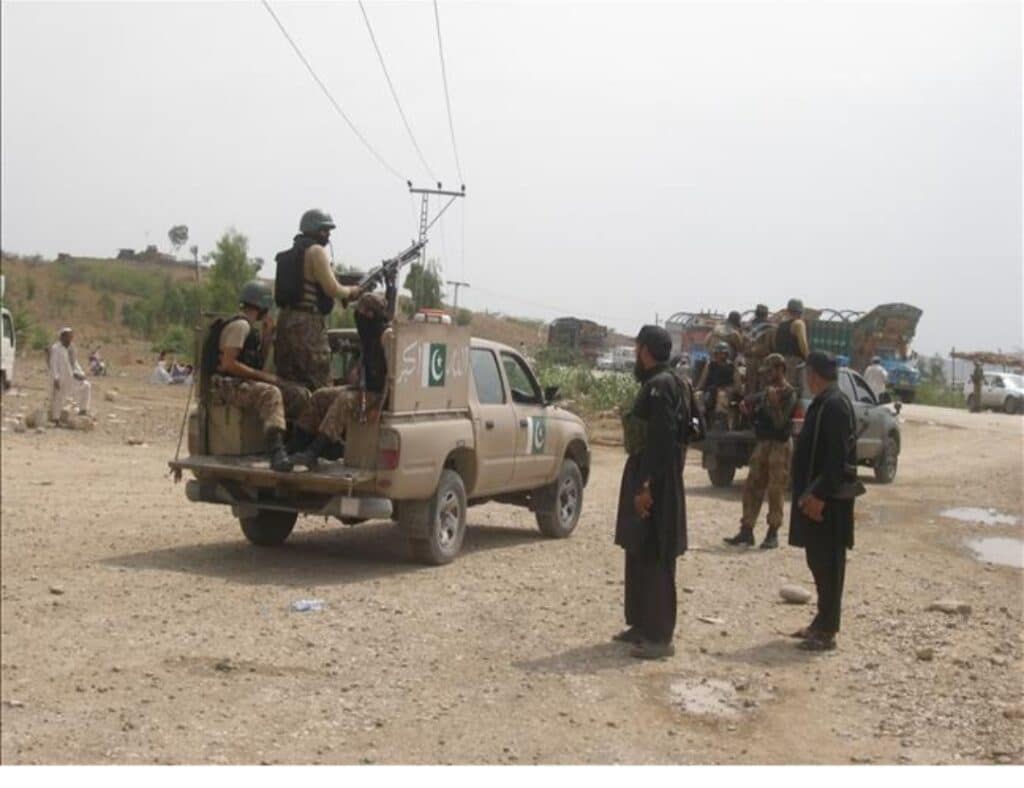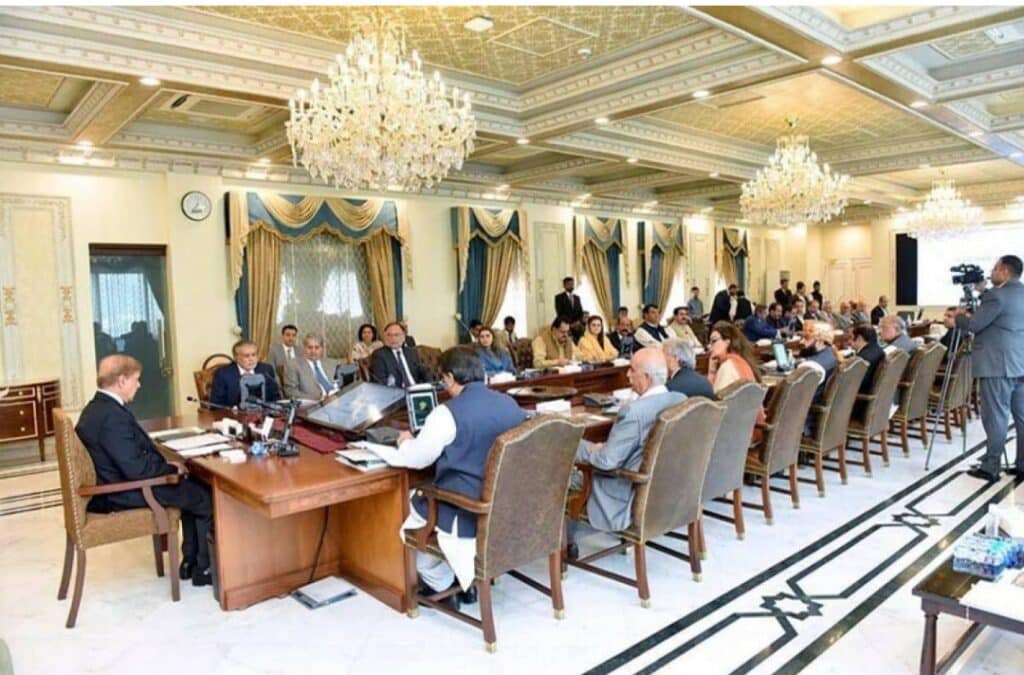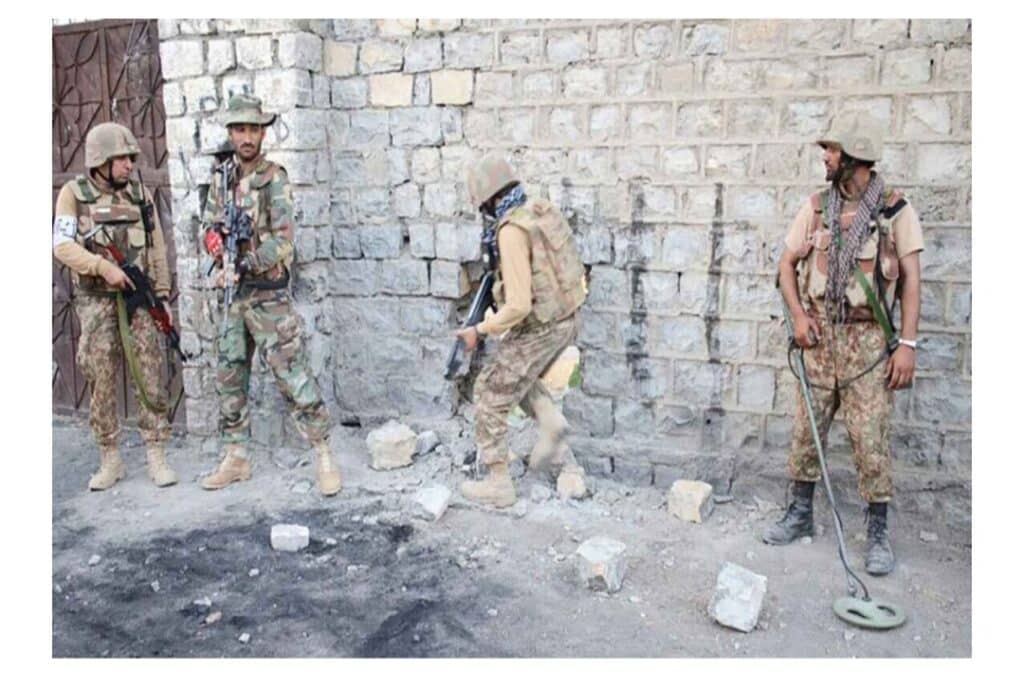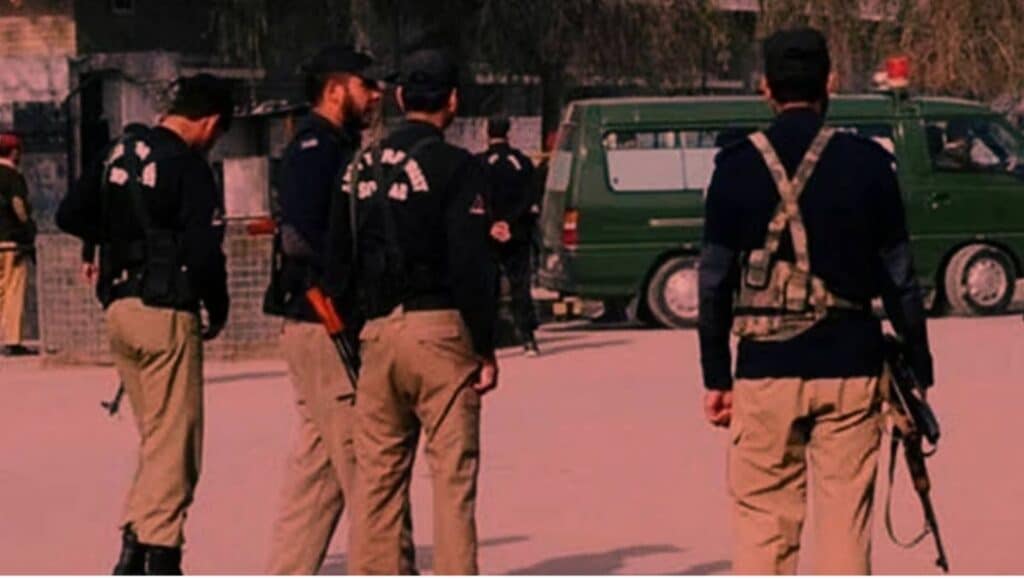Disturbing revelations from local sources in Panjshir province confirm that the Taliban have established at least 24 jihadi madrassas, many of them inside schools once dedicated to girls’ education. The move underscores the group’s systematic campaign to crush modern learning while building a new generation of radicalized fighters loyal to their extremist cause.
The largest of these madrassas operates in Dashtak village, where more than 300 young men have already graduated, according to residents. Another notorious site is the Bibi Amna school in Bazarak, the provincial capital, which once symbolized opportunity for girls but has now been converted into a bastion of Taliban indoctrination.
Local accounts describe how Taliban cadres deliberately target shuttered girls’ schools, exploiting existing facilities within villages to advance recruitment. “So far, 24 jihadi madrassas have been built. Around each main center, five or six more schools are functioning,” a resident disclosed on condition of anonymity. “Most are former girls’ schools the Taliban closed them and turned them into the best available sites for their jihadist project.”
Inside these madrassas, education is replaced with indoctrination. Students are taught loyalty pledges to Taliban supreme leader Hibatullah Akhundzada, instructed to view Afghanistan’s last two decades of elected government as a period of “infidelity,” and told that Taliban rule represents “rescue” and “salvation.” The narrative is explicitly anti-Western, portraying global powers as enemies of Islam while glorifying militancy as the path of honor.
Residents and students say the facilities combine religious extremism with paramilitary training. Courses include military drills, weapons familiarization, and preparation for combat, effectively transforming classrooms into training grounds. Teenagers, some still in their early teens, are reportedly coerced into joining Taliban ranks or deployed in support roles for the group’s military activities. “Most of the courses are military,” one source confirmed. “The young are being conditioned to obey Akhundzada and to treat Western nations as adversaries.”
One madrassa has already produced two graduating classes totaling more than 300 recruits, with enrollment continuing to rise. Teachers are drawn largely from Taliban cadres, and strict surveillance around the sites prevents external scrutiny. Human rights activists warn that the project represents a deliberate long-term strategy: erasing female education while weaponizing boys through radical indoctrination to secure the group’s future fighting force.
The conversion of schools into jihadi centers has fueled alarm among analysts, who see it as proof of the Taliban’s intent to militarize Afghan society and export instability to the wider region. By turning places of learning into hubs of radicalization, the Taliban are not only betraying Afghanistan’s children but also sowing the seeds of a new wave of militancy that threatens to spill across borders.
Despite mounting evidence, the Taliban have remained silent on the existence of these madrassas in Panjshir. Their refusal to acknowledge or address the reports underscores a broader pattern of denial while the ground reality points to systematic militarization and extremist indoctrination under their rule.

